The three years of the epidemic have been a period of confusion for many people, and there has been an increasing trend of decline. The economy is declining, policies are tightening, and energy crises are all hanging over our heads. In the tide of the times, every practitioner is lost, and various tragedies are countless. However, these seem to have premonitions.
The development of China's lighting industry has been accompanied by several product iterations, with the earliest being the era of halogen lamps. Traditional light sources such as iodine tungsten lamps and high-pressure mercury lamps once led the world, but were gradually phased out due to their high energy consumption and low efficiency. Subsequently, fluorescent lamps once again became mainstream products, and fluorescent lamps containing mercury gradually withdrew from the historical stage due to their pollution. During this period, high-strength gas discharge lamps also became the mainstream of commercial products due to their high luminous efficiency. Until LED products matured, they occupied almost all fields of lighting applications before. Every iteration is accompanied by more efficient output, more convenient packaging, and easier accessibility.

▲ Image sourcewww.veer.com
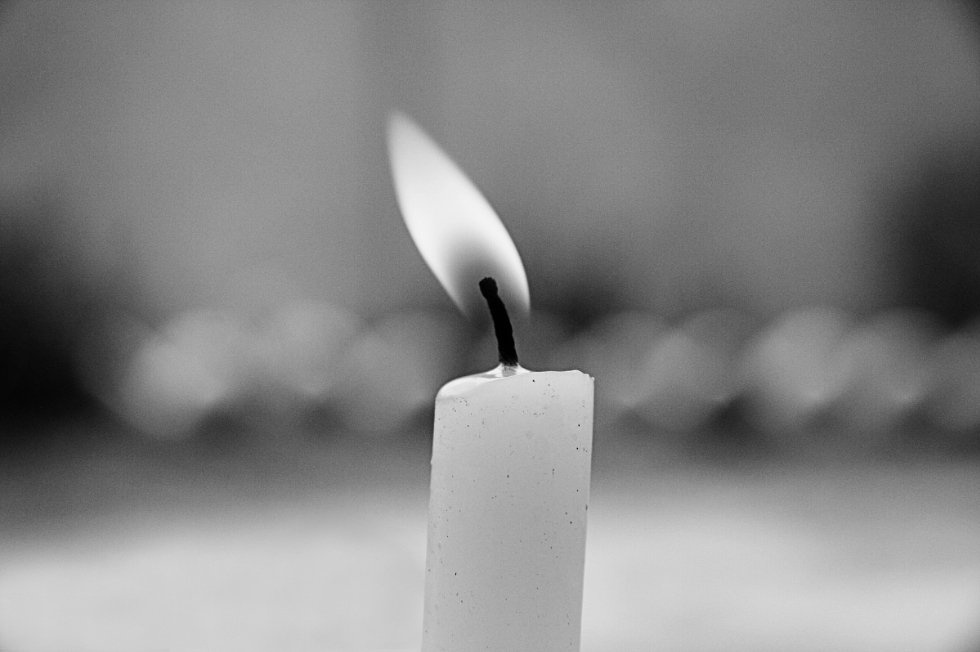
▲ Image source network

▲ Image source network
The birth of a product can predict its fate because it is almost independent and proves its value. But under the turbulent and treacherous policies and sluggish market demand, it seems particularly difficult to discuss the current lighting design. After all, we are not just in the industry, and there is a common understanding that we are the first to be optimized when we are frugal, and the icing on the cake when we are in good times.
At this moment, I think it is particularly important to calm down and discuss:
Who are we? What can we do? What is our value?

▲ Image source network
I roughly divide the current lighting design into four categories:
Indoor lighting
Outdoor lighting (including building lighting and public environment lighting)
Health lighting
Experiential lighting (including light shows and cultural tourism)
Due to space limitations, I will attempt to discuss this matter in four separate sections within three months, starting with the indoor lighting section.
List indoor lighting as the first item because I believe it is the most difficult and thankless type of lighting in all categories. There are too many types of indoor lighting, and since I started working alone, I have experienced shops, homes, shopping malls, clubs, tea rooms, restaurants, schools, museums, sports venues, children's centers, theaters, sales offices, bookstores, temples, churches, and more, as well as public restrooms and canteens. Each business model also needs to cope with different customer requirements and budget standards, which is truly exhausting. However, the design goals that accompany such complex requirements are still:
The comfort of imperceptible light is the standard for excellent indoor lighting works

▲ Completed photos of the author's work at the China International Museum of Design and Art (Photographer: Lei Xujun)
The design result of indoor lighting design is usually to assist interior designers in meeting their usage needs while organizing the hierarchical structure of the interior through the analysis of the lighting designer. Simply put, it means expressing what should be expressed and hiding what should be ignored. Allowing people to immerse themselves in the space and maximize their perception of spatial functionality and aesthetic characteristics through lighting.

▲ Completed photos of the author's work in Qiantang (Photographer: Wang Dachao)
The actual situation faced by such complex requirements is that as an emerging and relatively hidden discipline, some viewpoints believe that since interior designers are hired, they should be responsible for all professions, thus ignoring the reservation of interior lighting design fees. Another viewpoint is that indoor lighting is just a matter of reviewing LPD (power density) and selected illuminance to meet usage and national standards?
To explain this matter, first discuss the workflow - usually a complete indoor lighting process includes the following steps:
Plan planning - Calculation simulation - Equipment selection - Construction drawings - Sample testing - Site debugging
【Plan Planning】
The characteristics of light determine that it cannot exist independently. When presenting the interior design renderings of an indoor project, we often see that even with the same materials and furniture, different companies render images with completely different effects, and the biggest variable is the different understanding of light. Going back to the actual presentation process, the expression of spatial emotions is far more influenced by light than people's expectations. The same furnishings and decorations, through different light effects, can be cloudy, open, peaceful, or conflicting. It can be said that indoor emotions are completely controlled by light. At the beginning of interior design, the participation of lighting designers is necessary, and they need to have a thorough understanding of the functions, colors, cultural characteristics, main materials, user information, and other aspects of interior design. Furthermore, it is necessary to understand whether there are any areas that need to be elevated in terms of content, such as the space of churches and temples, in addition to their functional and aesthetic requirements.


▲ Paris Notre Dame Image Source Network

▲ Completed photos of the author's work at Fuzhou Shipbuilding Bureau (Photographer: Zhang Xi)
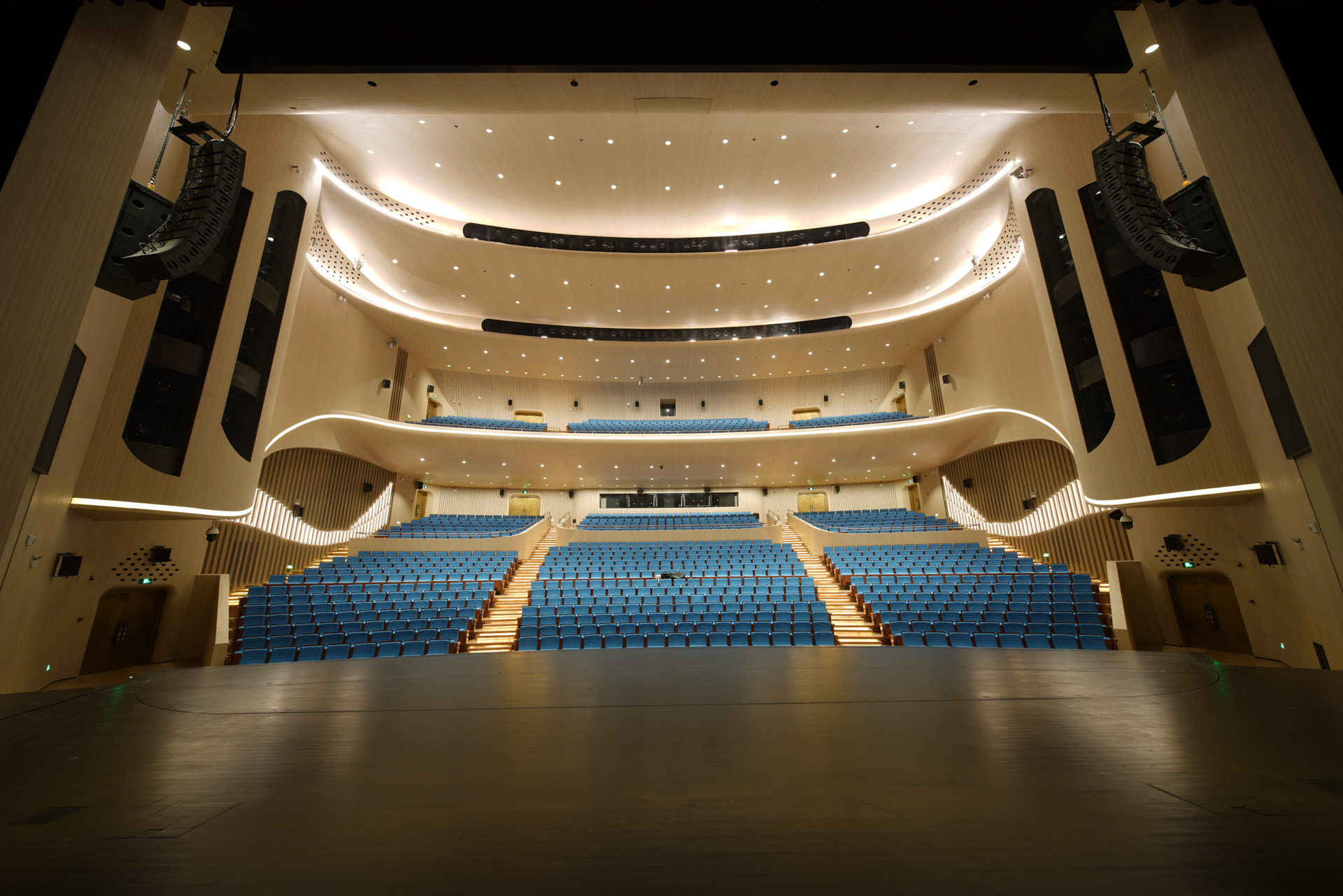
▲ Completed photos of the author's work at the Hangzhou Canal Theater (Photographer: Wang Dachao)
The following picture is a comparison photo of the lighting renovation plan for the university cafeteria a few years ago. Before the renovation, the industrial and mining lights were old and could not meet the basic lighting functions. After the renovation, the focus of lighting was shifted from spatial characteristics to the mottled top surface of plain concrete. Without changing the electrical wiring, it reflected the artistic attributes of the university itself and solved the functional requirements of the dual attributes of the restaurant and classroom.
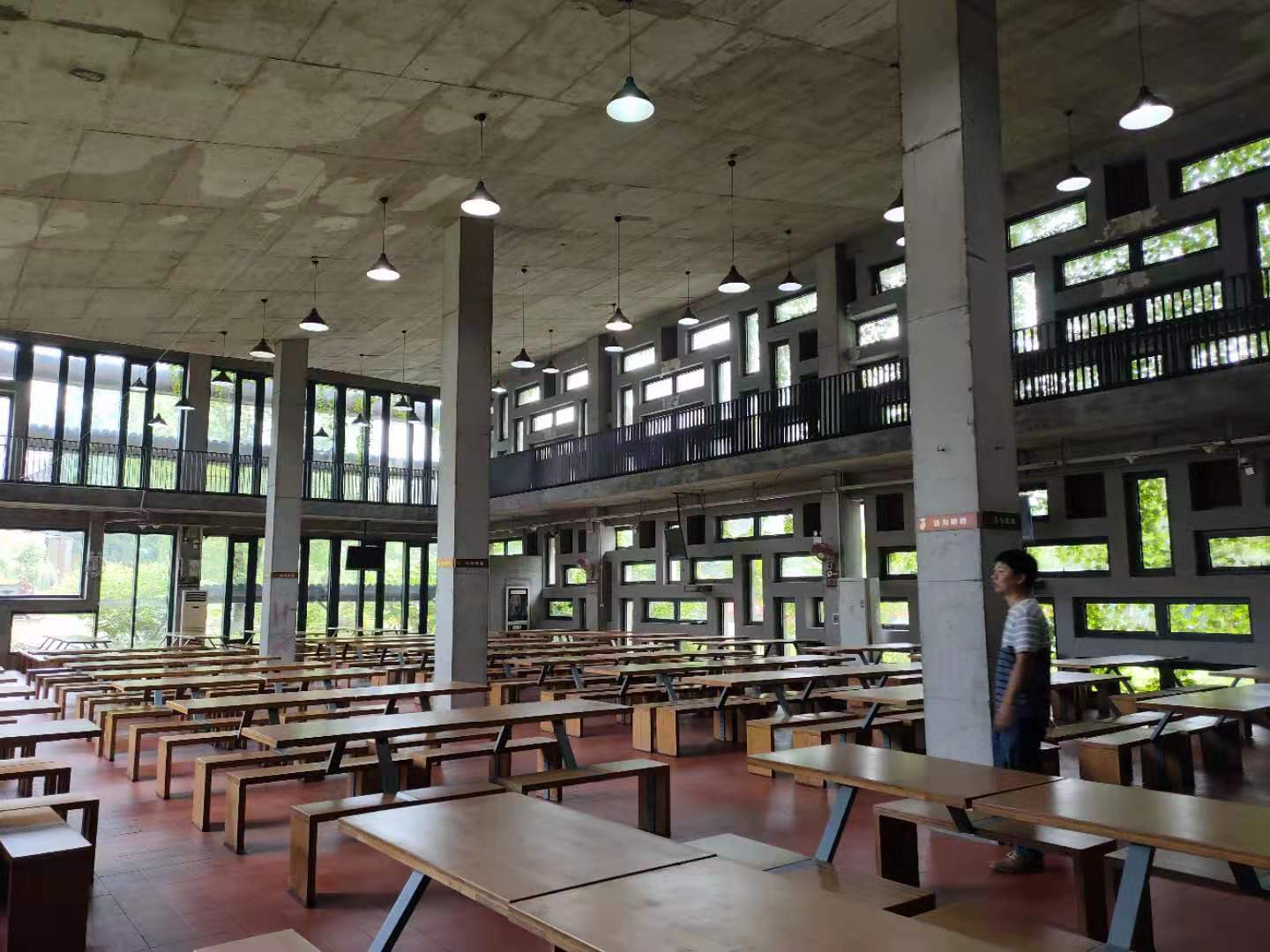
▲ Photos of the cafeteria of the Chinese Academy of Fine Arts before renovation (Photographer: Zhao Zhixiang)

▲ Photos of the completion of the renovation of the Chinese Academy of Fine Arts cafeteria by the author (Photographer: Lei Xujun)
【Computational Simulation】
If only a relatively extensive requirement is met, the lighting designer can already determine the goal by discussing the plan with the architect and interior designer at the beginning of the design. However, to achieve the appropriate results, it depends on the professional ability of the lighting designer. The contrast of the image presentation needs to be transformed into implementation results, and whether the results are satisfactory or not depends on precise calculations and planning.
The commonly used indoor lighting professional calculation software is DIALUX and evo, while other calculation software such as AGI32 and other specialized lighting are not discussed here. But the calculated data is only used as a reference for contrast, and there are too many variable factors in the indoor lighting results, especially the reflection characteristics of decorative materials, IES file deviation, space size, lamp performance, and even the size and shape of indirect lighting slots, which can affect the calculation results. Experienced designers can see the difference between the calculation results and the actual situation at a glance.

▲ Calculation of grayscale image for a certain project (Drawn by Li Wei)
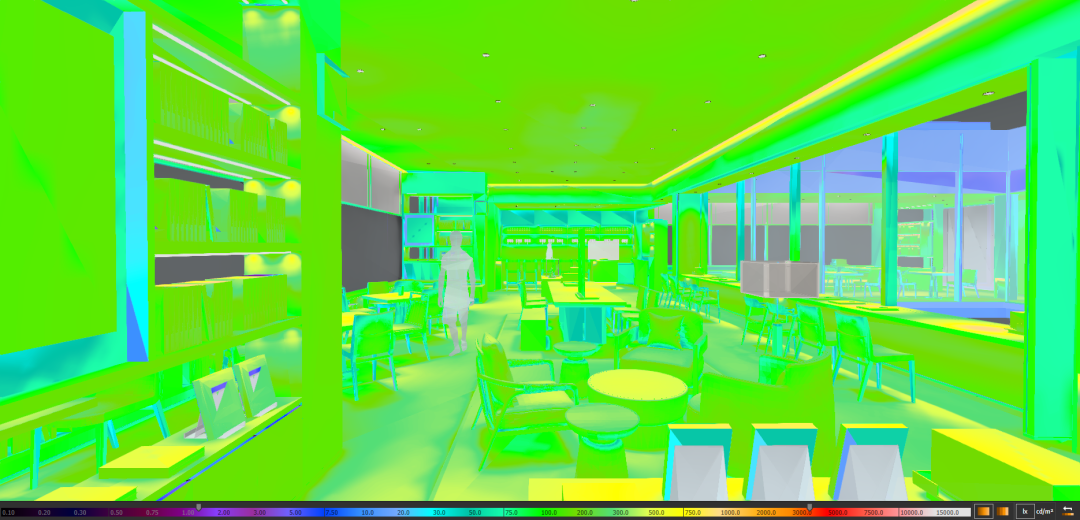
▲ Calculation of grayscale image for a certain project (Drawn by Li Wei)
It should be emphasized that the interpretation of space in lighting design should not be limited to numerical values, as absolute numerical geometry is meaningless. The human naked eye can adapt to changes in the range of 1lx-100000lx, and can recognize content of 100 million pixels. Its inclusivity far exceeds the range that images and cameras can express, and the difference in spatial perception between 100lx-300lx and 200lx-600lx is not as significant as it appears. For human perception, they are all 1:3 in contrast.

▲ Completed photo of the Nanchang Weilai Automobile Reception Hall by the author (Photographer: Wang Dachao)
So the lighting effect of the reading space should not be judged by numerical values. The biggest significance of calculation and simulation is for designers to predict the results in the early planning. As long as the national standard values are met, the functional requirements can be met, but for most projects that require the cooperation of lighting designers, the requirements go far beyond this.

▲ Sea surface under moonlight (source network)

▲“The Tree”by Way Studio
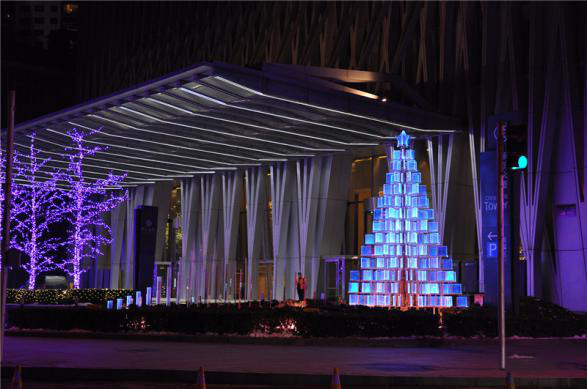
▲“The Tree”by Way Studio

▲“The Tree”by Way Studio
And Brut Deluxe's Christmas tree with only a crown left

▲Christmas installation by Brut Deluxe